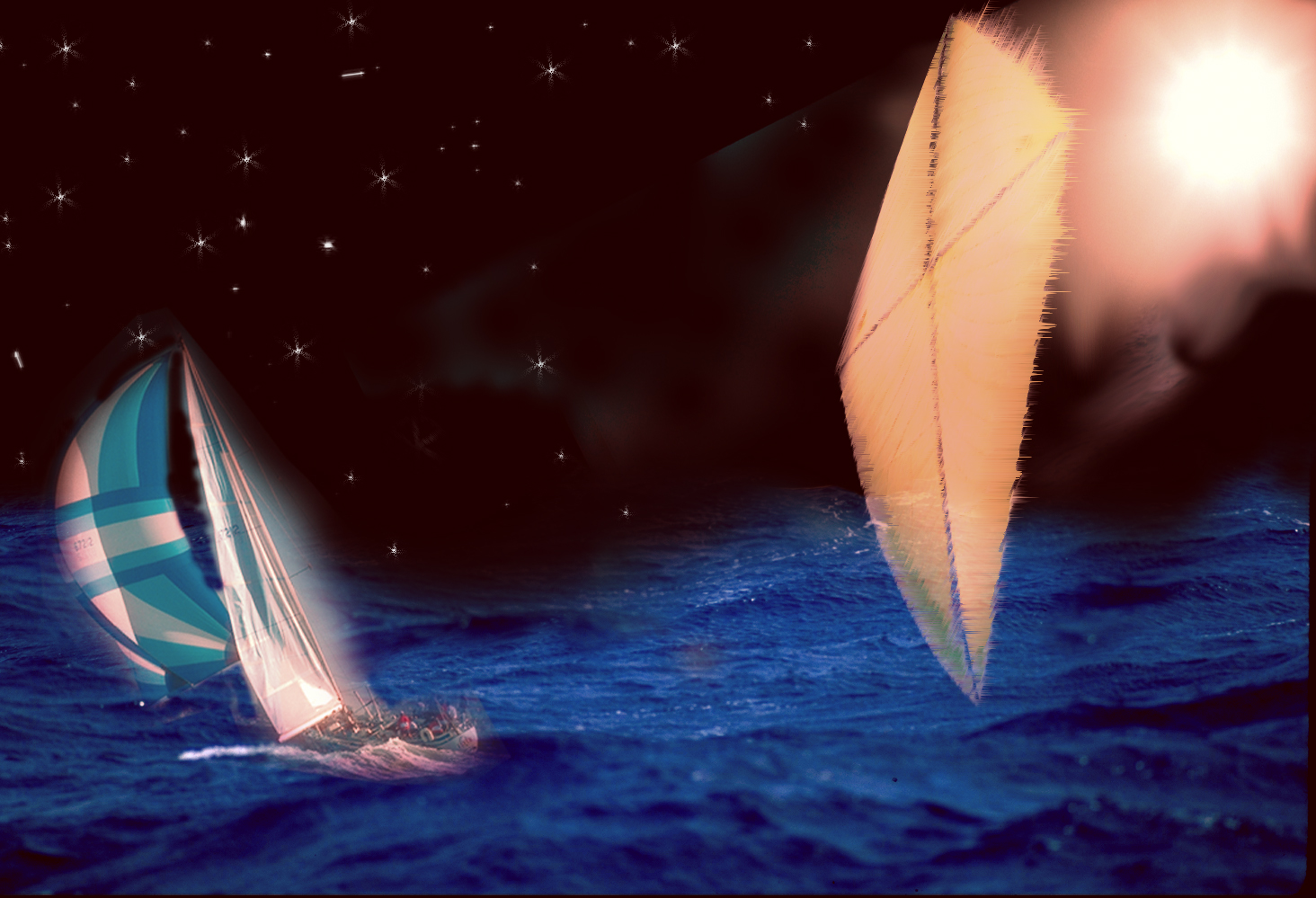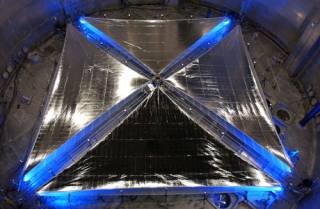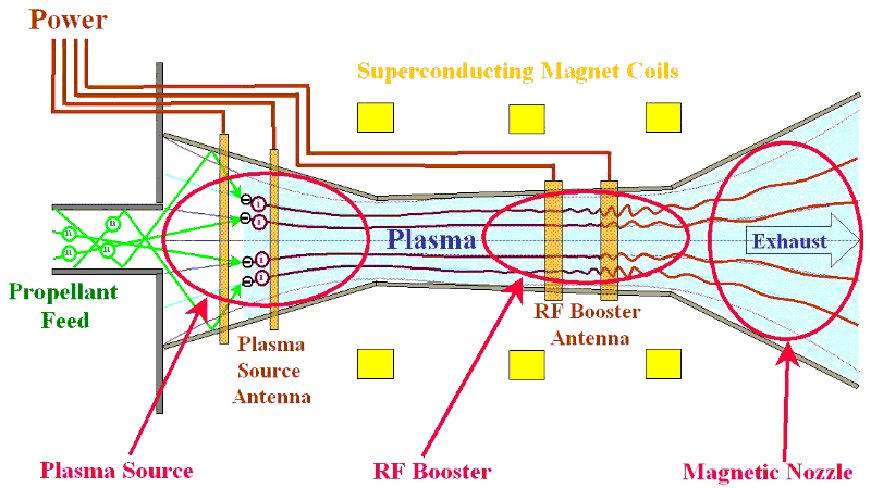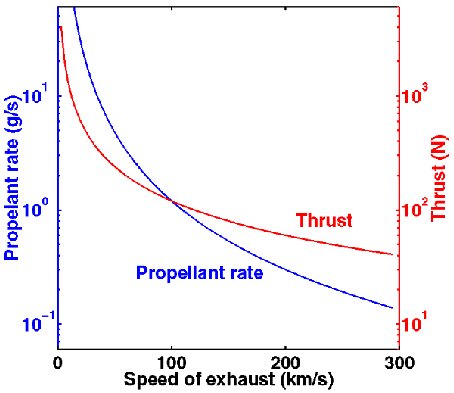
In 1992, with 500th Anniversaryof America discovery by Cristoforo Colombo, who traveled with sail caravellas, an idea of international sail competition was born. A cheap way of traveling at long distances would be the use of Sun as an engine. Sun remains the biggest energy source in our System.

Spacecraft could sail using the pressure of light. This pressure is small (9N per square kilometer at Earth’s distance) so such a spacecraft would accelerate slowly, but constantly. An aluminum sail, 20 times thinner than a paper sheet would reach in one day a modest velocity of 200 km/h but in three years as much as 200,000 km/h, arriving to Pluto in four years.

A sail prototype (20x20m) resembling an ultra thin aluminum foil constructed by the Marshall Space Flight Center in Huntsville, Alaska and their industry partners, ATK Space Systems of Goleta and L'Garde Inc., of Tustin, California was tested in September 2005 in space-simulating conditions.
Read more:
http://science.nasa.gov/headlines/y2000/ast28jun_1m.htm
http://www.nature.com/news/2005/050214/full/433678a.html
The flux of plasma from Sun (solar wind) can be trapped by a giant magnetic bubble around the spacecraft and make it accelerate to unprecedented speeds. A prototype of Magnetospheric Plasma Propulsion constructed at University of Washington (USA) by the group of Prof. Robert M. Winglee has been recently tested.
http://www.ess.washington.edu/Space/M2P2/M2P2.Solar.wind.small.jpg
Artists impression of a mini-magnetosphere deployed around a spacecraft. Plasma or ionized gas is trapped on the magnetic field lines generated onboard, and this plasma inflates the magnetic field much like hot air inflates a balloon. A 7 MB animation of the inflation can be seen through this link. The mini-magnetosphere is then blown by the plasma wind from the Sun called the solar wind which has a speed of between about 350 to 800 km/s (description by prof. R.M. Winglee)
The use of plasma for long-distance flights would assure a constant thrust with no need for oxygen, like it is in the chemical burning. A useful thrust (about hundreds of N) is not huge compared to space-shuttle launch vectors (which produce MN) but is constant, requires little fuel and still much higher than photon-sail navigation (giving 10 N per square kilometer of sail).
NASA's novel studies are shown below
![]()
Advanced Space Propulsion Laboratory

 |
The chart depicts the dependence of the rocket thrust and propellant rate on the exhaust speed for the Mars mission vehicle with 10 megawatt power. Source: http://spaceflight.nasa.gov/shuttle |
We highly acknowledge web material from NASA and permission for NASA's logo use.
Special thanks to:
Prof. Robert M. Winglee
University of
Washington
Seattle, WA 98195-1650
for the animation
of Solar wind propulsion
http://www.ess.washington.edu/Space/M2P2/m2p2_release_4.avi